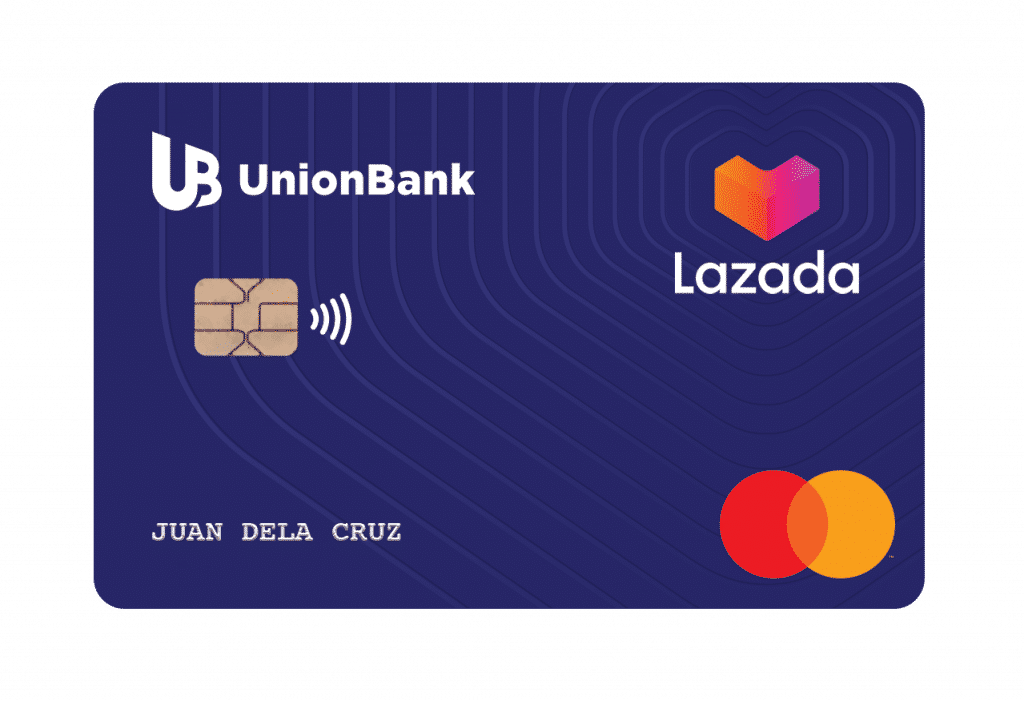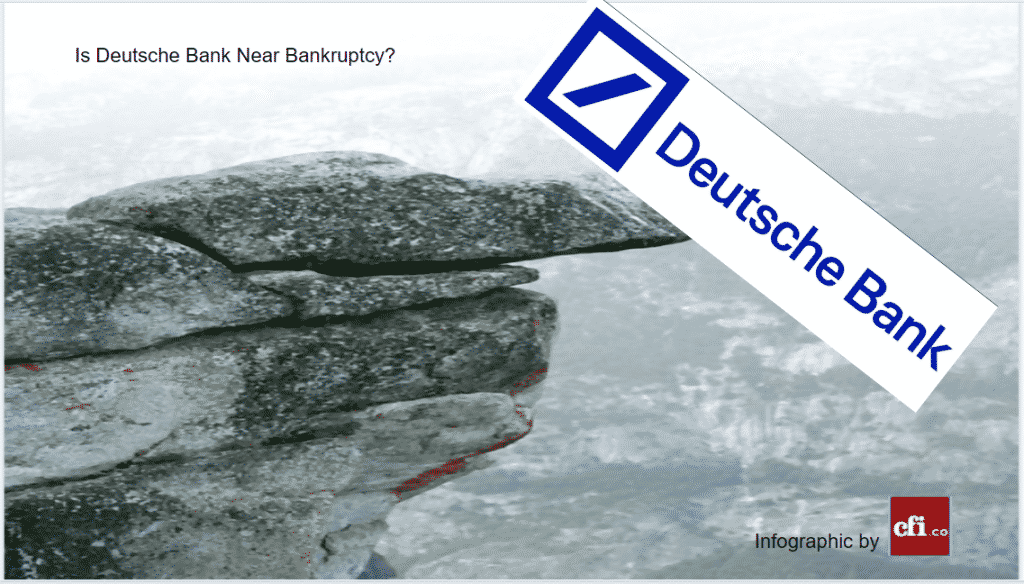Are you stuck between choosing a private bank or a commercial bank? There are so many options and services to sift through when you’re considering the kind of bank that you want to give your business to.
If you’re feeling confused, you’ve come to the right place. We’re going to tell you the differences that you need to know between private banking and commercial banking. We’re confident that you’ll be able to choose the perfect bank for you after reading everything we have to share.
Commercial Banking vs. Private Banking
There are a few main categories that we’re going to discuss when it comes to the differences between commercial banking and private banking:
- Deals
- Lifestyle expectations, hours you’ll put in
- Popularity
- Money
We’ll discuss other, smaller details as well, but we note these categories to hold the main differences between the kinds of banks.
What Is Commercial Banking?
Commercial banks offer loans, investment opportunities, deposit services, and more to businesses and individuals. In addition, commercial banks serve governments and other entities.
Many commercial banks function as chain locations, meaning that a commercial bank may have locations across the world. Others may stick to certain regions.
The banks are considered commercial because they are publicly traded and they are required to be chartered by the state and/or federal authorities.
Commercial banks offer personal and business trust services as well. This means that they will be able to provide extra services that you might be looking for in a bank.
Some commercial banks dabble in private banking, which we’ll discuss later. By having a section or branch of private banking, commercial banks can reap the benefits of the private sector and expand their reach to those consumers who are better fit for the world of private banking.
Who Should Use Commercial Banking?
Commercial banks are more targeted towards the general population. If you consider yourself to be just another citizen in terms of wealth, you should look towards a commercial bank for your banking needs.
A commercial bank will give you everything you need while catering to your needs and the needs of just about everyone else.
Commercial banks conquer in terms of numbers because of how many people they are built to service. Commercial banks are made to take care of most of the consumers in an area, meaning that they are likely to handle anything that you may want or need to do with your money.
How to Choose a Commercial Bank
If you think commercial banking is for you and you’re looking to choose a commercial bank, you should focus on the services they offer. The commercial bank that you’re looking at may offer loans, investment opportunities, credit accounts, and more.
Plus, you might find that your commercial bank has a special savings account with a great interest rate or a checking account that you can open for your child.
Before you go to choose your commercial bank, you need to look at what kind of services and offers you want from the bank that you’re using. Talk with several different representatives about what the best services are and what kind of services you can take advantage of as a customer there.
What Is Private Banking?
Private banking is a whole new world to those of us who have only been involved in commercial banking.
These kinds of banks focus on wealth management for the extremely rich. This means that they’re more focused on growing money and ensuring that money is kept safe.
While a commercial bank does keep your money safe, private banks are famous for being locked down at all times when it comes to the money in the back.
Who Should Use Private Banking?
Those who have high net worths should invest in private banking. Yes, we do mean it when we say “invest.” Because private banks work with customers who are more likely to pay more fees and keep more money in the bank so that they can get the services that the private bank offers.
If you’re a high-net-worth individual who wants a bank that has estate planning, personalized banking, tax services, and money advisory services, the world of private banking is for you.
How to Choose a Private Bank?
If you think that you would fit into the world of private banking and you’d like to join a private bank, you should focus on the services they have and the money that they want in the bank. In addition, you might want to keep an eye on the fees even if you don’t care for tiny charges like those.
When you’re choosing your private bank, you should talk with several different places and talk about what kinds of services they have as well as how much it would cost to have those services available to you.
Your bank may charge a membership fee for access to these kinds of services, but they may also charge in addition to an already existing membership fee.
The banks that you’re considering should have a full list of any fees that they have. Be sure to pick this up or look this up when you’re considering joining a bank. Even if you don’t care about small charges, you should watch out for large charges that may come your way.
More on the World of Finance
Whether you think that you’d thrive more in the world of commercial banking or the world of private banking, we’re confident that you’ll be able to choose the right bank for you if you focus on your personal financial needs. By looking at what you need and what services you’d like, you’ll be able to find a bank that works the best for you.
If you’re looking to learn more about banking and finances, we invite you to check out the rest of our blog. We have a plethora of information about banking and everything you need to know about it to thrive and succeed.








